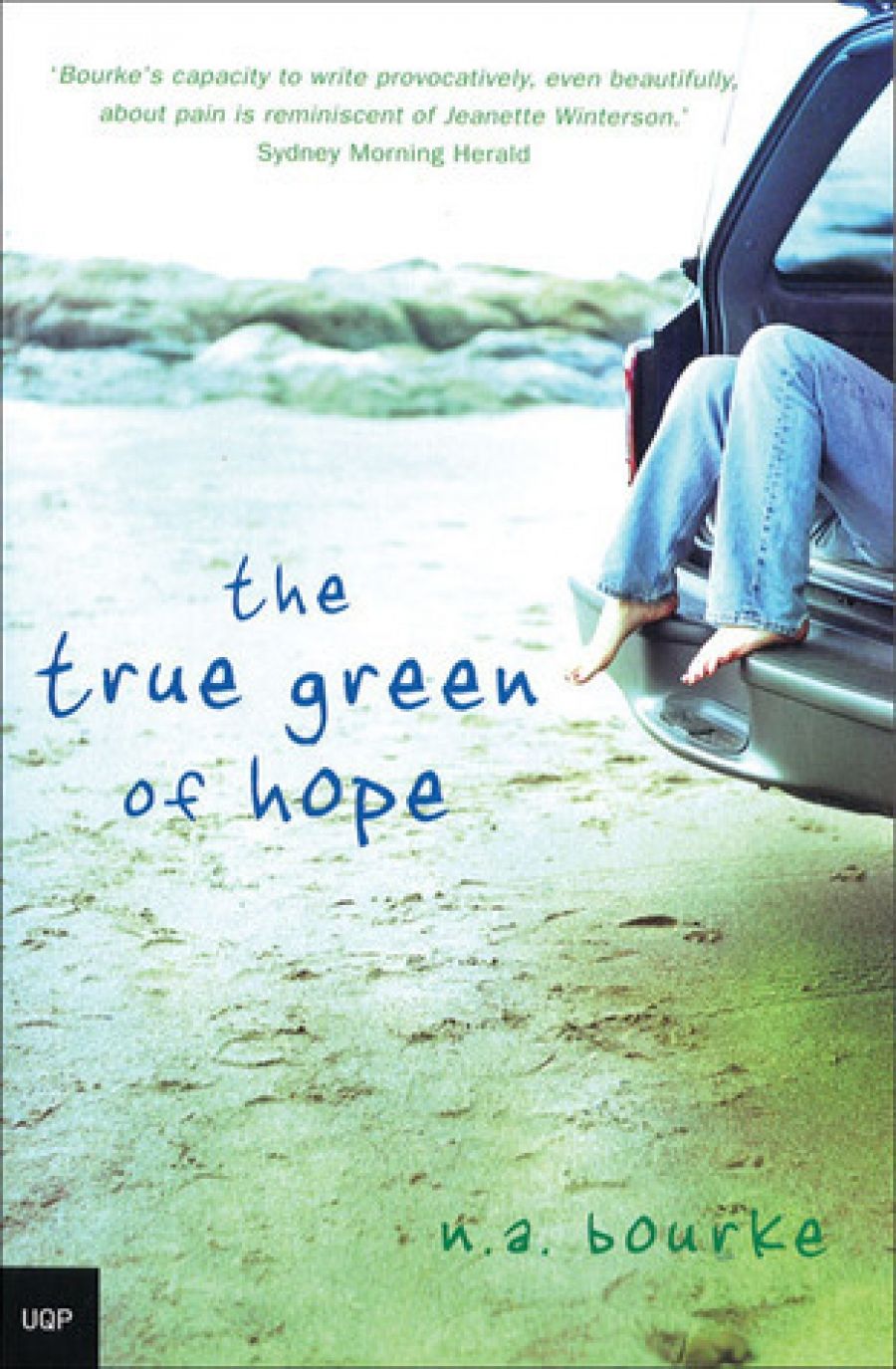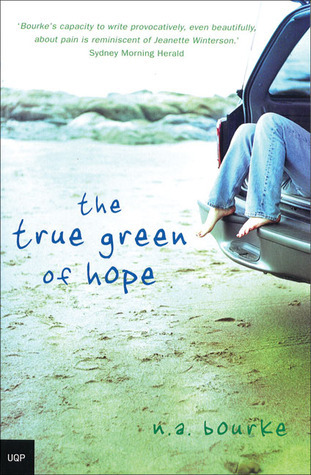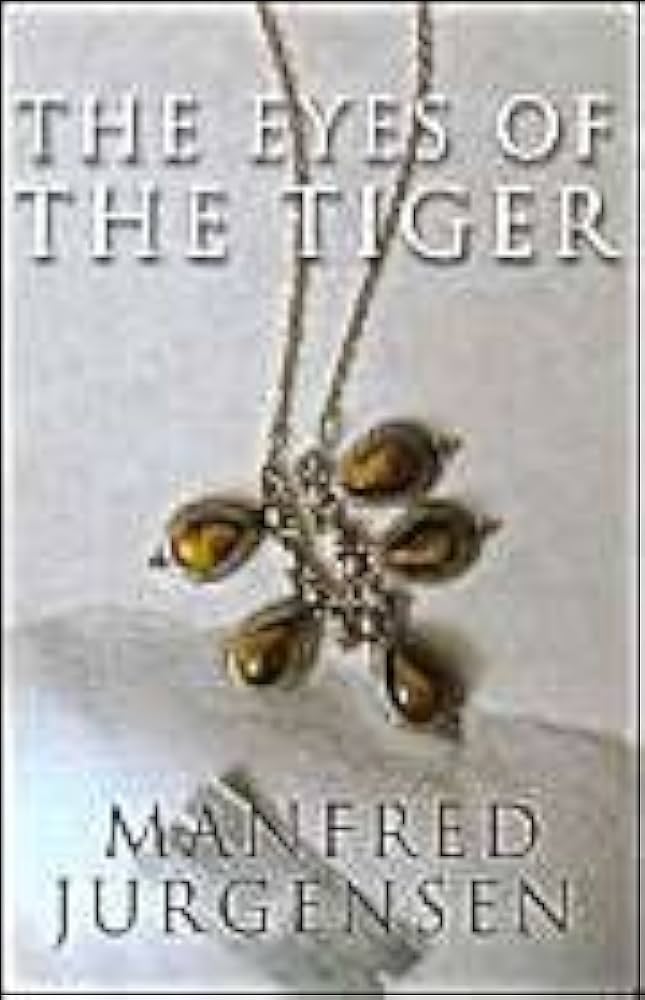
- Free Article: No
- Contents Category: Fiction
- Review Article: Yes
- Article Title: The business of enchantment
- Online Only: No
- Custom Highlight Text:
To varying degrees, both of these second novels by Brisbane authors conjure southern Queensland as completely different from any other place in Australia. It is disconcerting but also beguiling. Disorientation and displacement are strong themes in both novels. In very different ways, they explore the lives of characters who have been lost, abandoned or orphaned at some time. Now each of these adults is discovering that their pasts are washing up as fast and surely as the flooding Brisbane River, which is omnipresent in Manfred Jurgensen’s The Eyes of the Tiger.
- Book 1 Title: The True Green of Hope
- Book 1 Biblio: UQP, $22.95 pb, 243 pp
- Book 1 Cover Small (400 x 600):

- Book 1 Cover (800 x 1200):

- Book 2 Title: The Eyes of The Tiger
- Book 2 Biblio: Indra, $27.95 pb, 389 pp
- Book 2 Cover Small (400 x 600):

- Book 2 Cover (800 x 1200):

Sam, the main character in N.A. Bourke’s The True Green of Hope, was abandoned at the age of thirteen on a Gold Coast beach. Now, Sam appears to be about to meet up with her mother again; perhaps she is the comatose woman of the right name and age who has recently been admitted to the hospital where Sam works. Sam’s girlfriend is working on another lead, quietly exploring, as though by finding clues to Sam’s past she can make their lives calm and happy again. Sam and Em seem to have lost sight of one another even as they share a relationship and spend most of their time living in the same abode.
Bourke’s second novel is a gentle story of young women and harshly beautiful places. Yet it is stronger and more truly visceral fiction than her first, The Bone Flute (2000), which was shortlisted for the Queensland Premier’s Literary Award for Best Emerging Author. The True Green of Hope lingers on a moment of youth that seems to take itself very seriously – because it is, after all, an important point in a lifetime. Bourke focuses on the cusp of adulthood, a time when young people may experience their first full realisation of just how serious past events have been and how long their after-effects are likely to be felt.
The group of young women in this novel are living through painful issues; some of them have been weathering them for too many years. The narrative would have been subtler without a rather heavy-handed recurring allusion to Alice in Wonderland, but when it immerses itself in sharply observed young relationships and in the ways places can be tumultuously unpredictable and unreliable, just like love – even the love of parents and others from whom more is expected – the novel makes for moody, memorable reading. The True Green of Hope is infused with sea, surf and coast, but also with grittier substances, and with locations and dislocations that leave distinct imprints.
Manfred Jurgensens’s The Eyes of the Tiger has a more wide-ranging effect. This is an adventurous novel whilst also being something of an adventure novel. It is slightly overlong and occasionally loses its force as a result. But for the most part, the novel is imagined with generosity and with the precise edge of a poet. Largeness and lushness figure heavily.
The narrative is set in Brisbane, perhaps most vividly in a semi-ruined old Queenslander on the river as the great flood of 1974 rises with each day and night. Two of the characters in The Eyes of the Tiger met when they were sent from their homes in postwar Germany to an island sanatorium for sickly children, where at some point one of the boys – the almost overbearingly charismatic Sannes – saved the life of the other: the much more earthly Mark.
The novel and its characters are haunted by other places: that island sanatorium and its treacherous waters; the Spice Islands that obsessed Sannes as a child and that continue to tempt him as an adult; and the Papua New Guinea land inheritance that forms both the catalyst for a chance meeting of the novel’s main characters and an elaborate cover for the less savoury concerns that have in fact drawn Sannes to Brisbane.
One other protagonist emerges in this story: Jessica, who unexpectedly reunites the two men. Around this trio, much murkier figures circulate. Mark and Jessie are suspicious about what business has brought Sannes to town. It is not only the eve of the worst flood, but also of the Fitzgerald Inquiry. We view mesmerisingly orchestrated picnics and frolics on riverboats, but we also glimpse the slitting of a throat and the silent murder of a sad young junkie. We observe the ugliness that the depths of the river have dumped on higher ground for all to see. And we witness, or think we witness, the final demise of the seemingly immortal Sannes.
At one point, as the river rises and rises, seemingly never to settle, a grand old restaurant is described with admiring detail and a note of regret. The charming, family- owned Hotel Bellevue has been taken over by a crime syndicate and is soon to be drawn into the floodwaters and eventually demolished. It may be at that moment of The Eyes of the Tiger that its essence can be discerned. The story is present, but somehow it is already disappearing before the reader can finish with it. This novel intrigues but disintegrates, too. The Eyes of the Tiger is intoxicating in its design of a particular city as a place altogether other from what it is or what it seems to be. Ultimately, this novel may be either a nuanced study in decay and ruin or an essay in the business of enchantment and confidence tricks.


Comments powered by CComment